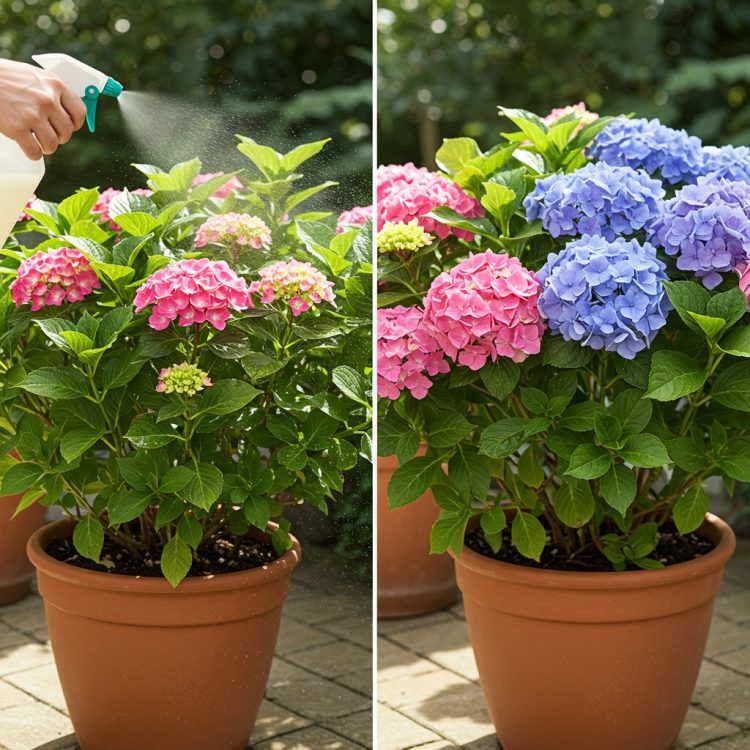Boosting Growth and Lush Flowering: The Power of Magnesium Fertilization for Roses, Hydrangeas, Geraniums, and More
If you want to ensure the active growth and lush flowering of roses, hydrangeas, geraniums, violets, and other flowering plants, providing them with proper nutrition is essential. One of the most beneficial and often overlooked elements in plant care is magnesium. This macroelement plays a crucial role in plant health, affecting everything from leaf color to overall vitality. In this article, we will explore the importance of magnesium fertilization, the signs of magnesium deficiency, and how to properly use magnesium sulfate to keep your garden and indoor plants thriving.
Why Is Magnesium Important for Flowers?
Magnesium is a key macroelement responsible for the formation of chlorophyll, the green pigment that allows plants to carry out photosynthesis. Without adequate magnesium, plants struggle to absorb sunlight efficiently, which negatively impacts their growth and ability to produce flowers. In addition to regulating growth, magnesium also influences the movement of nutrients within the plant, ensuring that flowers receive the energy they need to bloom beautifully.
Signs of Magnesium Deficiency in Plants
A lack of magnesium can have severe consequences for plant health. Deficiency symptoms typically manifest in the following ways:
Pale or Yellowing Leaves: When magnesium levels are low, the leaves begin to lose their rich green color and appear pale or yellow.
Green Veins with Yellowing Leaf Tissue: One of the most distinct symptoms of magnesium deficiency is interveinal chlorosis, where the leaf veins remain green while the surrounding tissue turns yellow.
Marbling Pattern on Leaves: A mottled or marble-like appearance on the leaves often indicates a lack of magnesium.
Leaf Edge Browning: The edges of the leaves may turn brown and dry out as the deficiency progresses.
Delayed Growth and Poor Flowering: Without sufficient magnesium, plants struggle to develop properly, resulting in stunted growth and fewer blooms.
Magnesium deficiency is particularly noticeable in hot, sunny weather when photosynthesis is at its peak. Since magnesium plays a direct role in this process, plants with insufficient magnesium will quickly show signs of stress.
How to Provide Magnesium to Your Flowers
To ensure that your plants receive enough magnesium, you can use a simple and effective fertilizer: magnesium sulfate. This fertilizer is widely available in garden stores and is sometimes known as Epsom salt. It not only supplies magnesium but also contains sulfur, another essential element that promotes strong and healthy plant development.
Preparing Magnesium Sulfate Fertilizer
Magnesium sulfate is easy to apply and can be used in different ways depending on your garden size and plant needs.
For Large Gardens:
Dissolve 1 tablespoon of magnesium sulfate in 10 liters of water.
Water each plant with 1 to 2 liters of the solution, applying it to moist soil at the root zone.
Repeat this process once a month or as needed.
For Potted and Indoor Plants:
see continuation on next page
